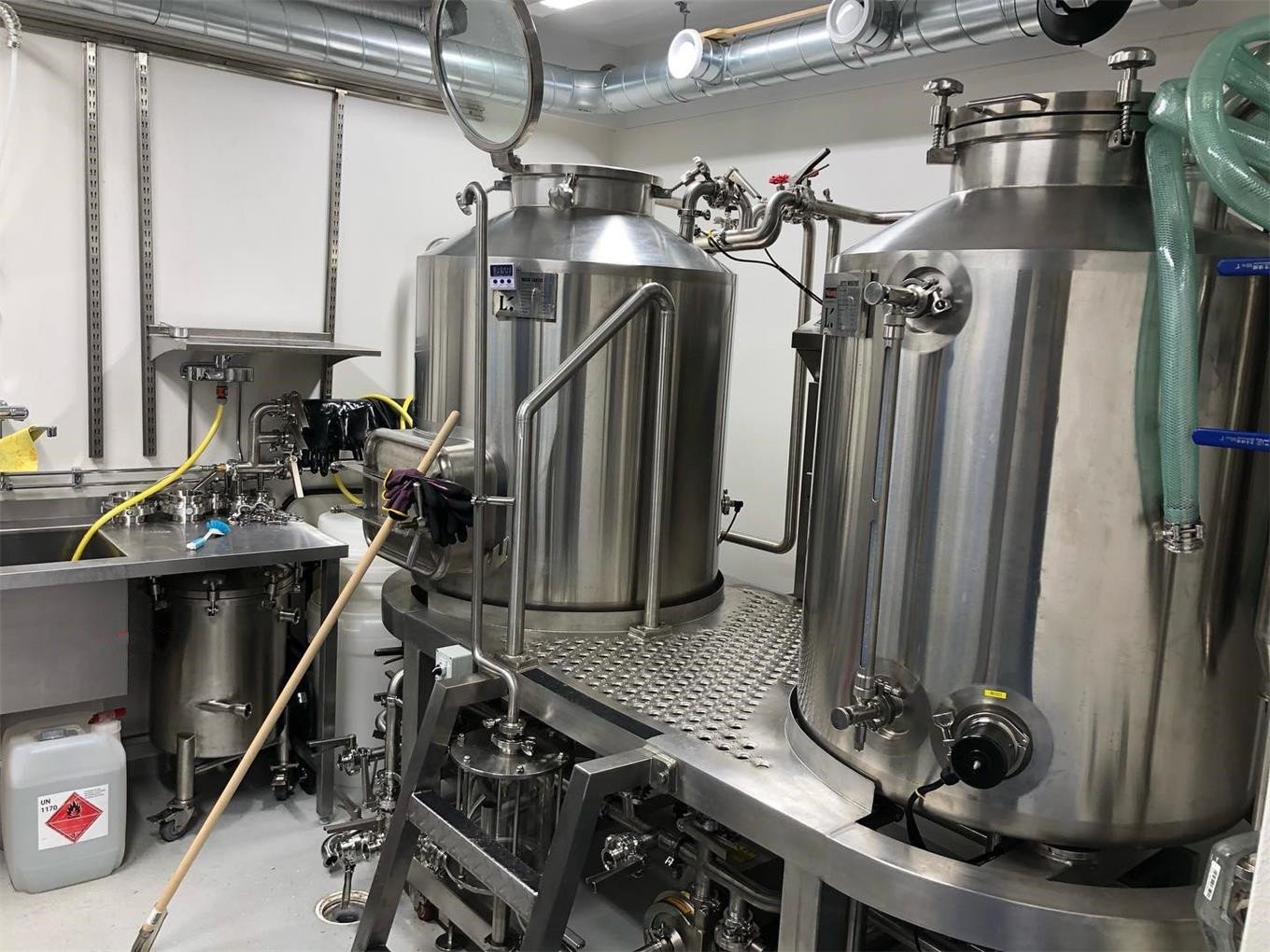how to choose brewhouse equipment
Overview of the Importance of Brewhouse Equipment
Brewing beer is as much an art as it is a science. The quality of your craft beer depends heavily on the equipment you use. Whether you’re a homebrewer scaling up your operations or a commercial brewery looking to expand, having the right brewhouse equipment is crucial. The right tools can make the difference between a smooth, efficient brewing process and one filled with inefficiencies, inconsistencies, and unnecessary costs.
Investing in top-quality brewing equipment ensures that each batch of beer maintains consistency, flavor, and aroma. High-quality brewhouse equipment also improves efficiency, reducing energy costs and maximizing yield. But with so many options on the market, how do you know which brewing equipment is right for your needs? Let’s dive into the details.
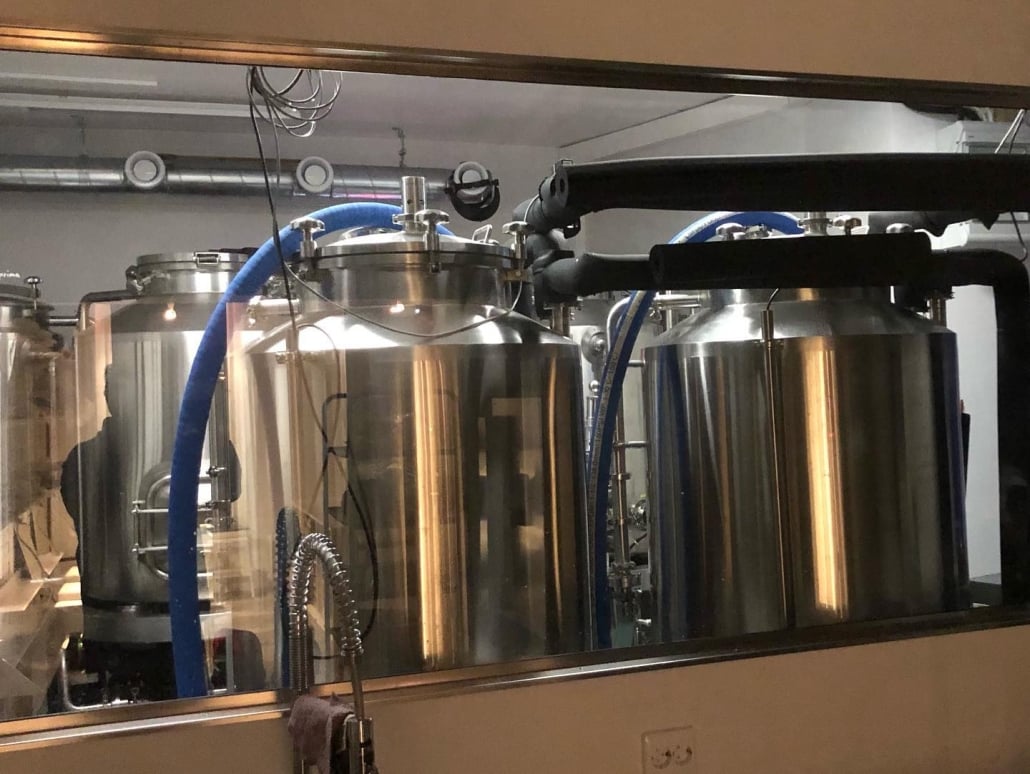
What is Brewhouse Equipment?
Brewhouse equipment refers to all the machinery and tools involved in the beer-making process, from raw ingredient preparation to fermentation and packaging. A standard brewhouse setup typically consists of several key components:
- Mash Tun: Where malted grains are mixed with hot water to convert starches into fermentable sugars.
- Lauter Tun: A vessel used for separating the liquid wort from spent grains.
- Brew Kettle: The boiling chamber where hops are added to the wort for flavor and aroma.
- Fermentation Tanks: Where yeast converts sugars into alcohol and carbon dioxide.
- Bright Tanks: Used for conditioning and carbonating beer before packaging.
- Heat Exchangers: Essential for cooling the wort quickly before fermentation.
- Pumps & Hoses: Necessary for transferring liquids between brewing stages.
The type of equipment you choose depends on the scale of production, the variety of beer styles you aim to brew, and your budget.
How to Choose the Right Brewhouse Equipment?
Selecting the right brewhouse equipment depends on various factors. Here are some key considerations:
- Capacity & Scalability: Choose equipment that meets your current production needs but also allows for future expansion.
- Material & Build Quality: Stainless steel is the industry standard due to its durability and resistance to contamination.
- Automation Level: Manual, semi-automatic, and fully automated systems impact efficiency, labor costs, and ease of use.
- Energy Efficiency: Look for equipment with high thermal efficiency to reduce operational costs.
- Compliance & Safety: Ensure your equipment meets industry regulations and safety standards.
- Budget: Consider upfront costs versus long-term savings from energy-efficient and durable machinery.
Best Brewhouse Equipment Manufacturers & Suppliers
| Manufacturer/Supplier | Location | Specialties | Price Range | Notable Clients |
|---|---|---|---|---|
| SS Brewtech | USA | Small & mid-sized breweries | $$ – $$$ | Craft breweries across the US |
| Blichmann Engineering | USA | Homebrewing & pilot systems | $ – $$ | Homebrewers & nano-breweries |
| BrauKon | Germany | Full-scale commercial systems | $$$ | Large-scale breweries worldwide |
| Specific Mechanical | Canada | Custom brewhouse design | $$ – $$$ | Mid-size craft breweries |
| Premier Stainless Systems | USA | High-quality stainless steel equipment | $$ – $$$ | Growing craft breweries |
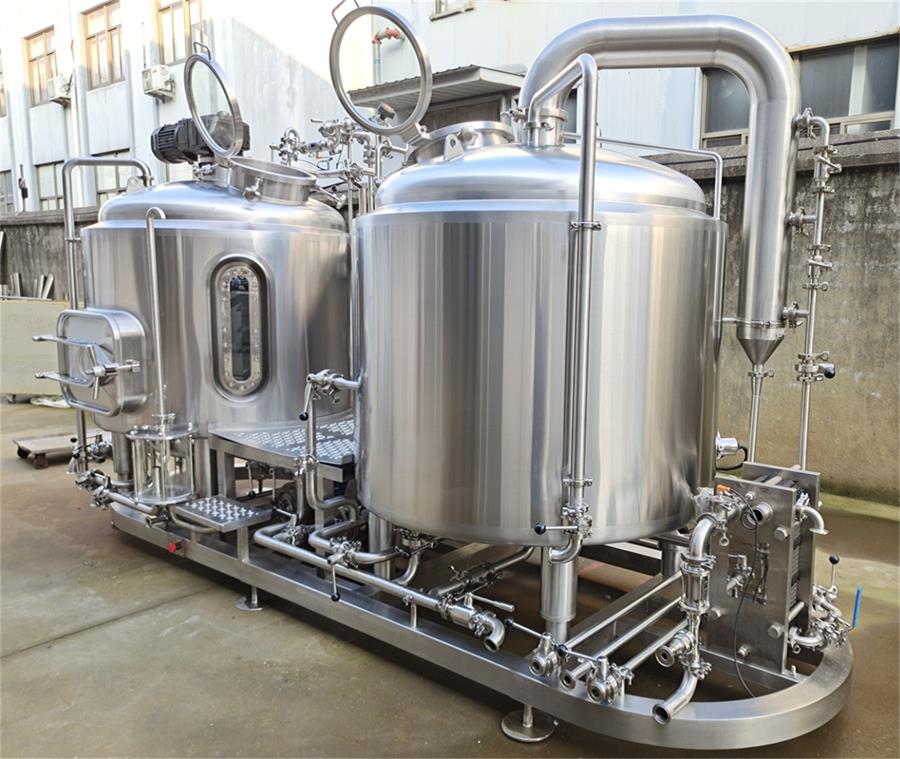
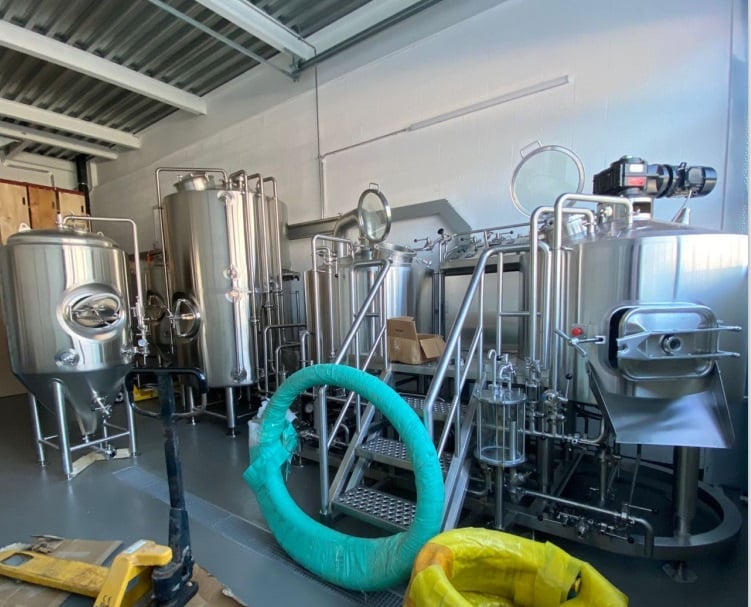
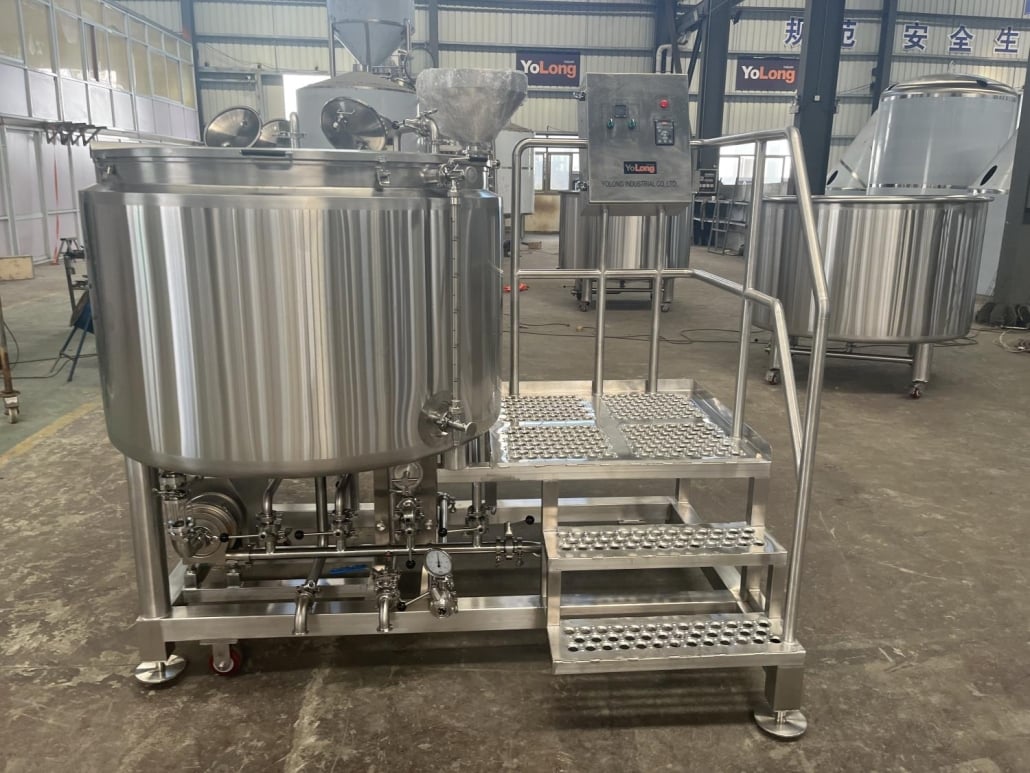
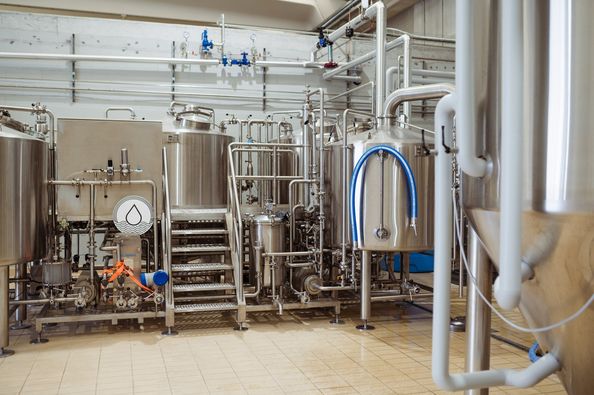
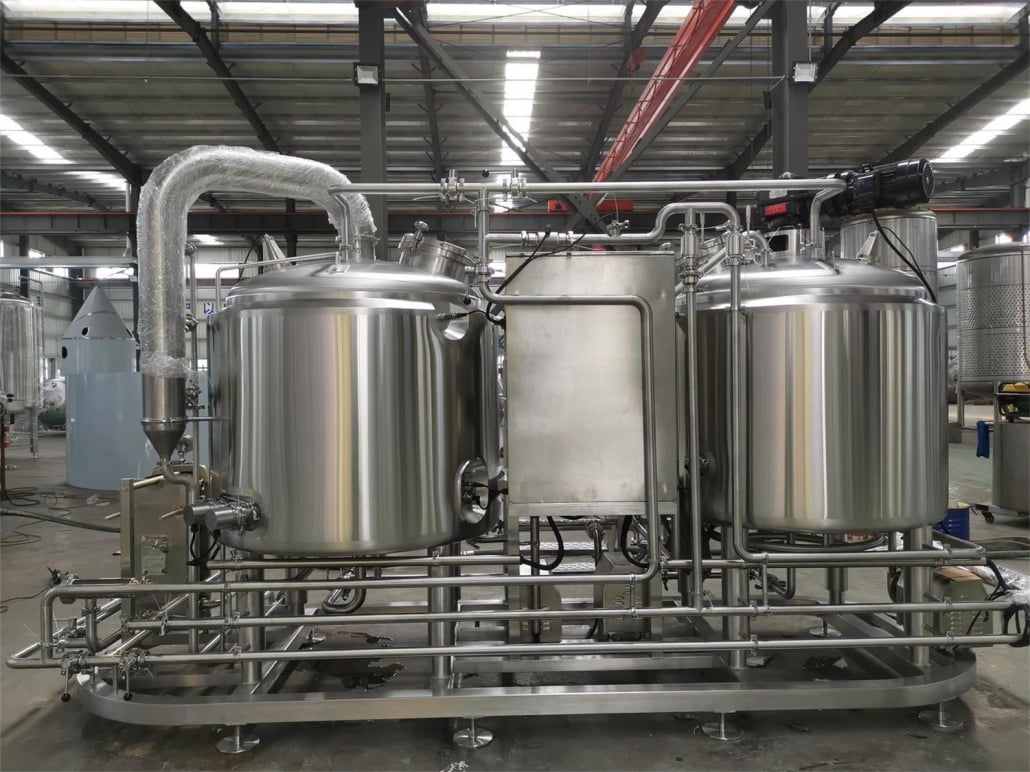
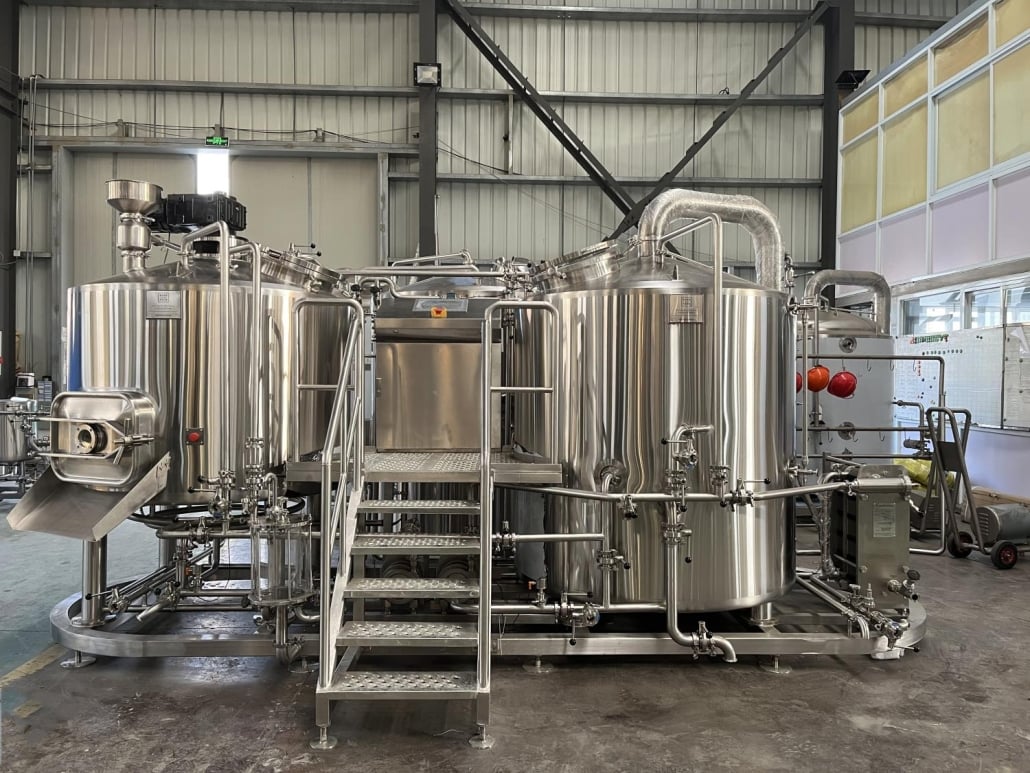
Maintenance Tips for Brewhouse Equipment
| Equipment | Maintenance Tips | Frequency |
|---|---|---|
| Mash Tun | Clean after each batch to prevent bacterial buildup | After each use |
| Fermenters | Sanitize thoroughly before each use | Before every brew |
| Heat Exchangers | Flush with a caustic cleaner to prevent clogging | Weekly |
| Pumps & Hoses | Inspect for leaks and sanitize | Monthly |
| Bright Tanks | Perform pressure tests and clean fittings | Quarterly |
Different Types of Brewing Equipment
The brewing industry offers a wide range of equipment types catering to different needs:
- Homebrewing Kits: Ideal for beginners experimenting with small batches.
- Nano Brewing Systems: Small-scale setups producing limited batches, great for startups.
- Microbrewery Equipment: Suitable for breweries producing up to 15,000 barrels annually.
- Commercial Brewing Systems: Designed for large-scale production with high automation.
- CIP Systems (Clean-In-Place): Essential for maintaining hygiene and preventing contamination.
Each of these systems has its pros and cons, and selecting the right one depends on production goals and investment capacity.
How Much Does Brewhouse Equipment Cost?
The cost of brewing equipment varies widely based on scale, materials, and automation. Here’s a rough pricing guide:
| Equipment Type | Price Range |
|---|---|
| Homebrewing Kit | $200 – $2,000 |
| Nano Brewery Setup | $10,000 – $100,000 |
| Microbrewery Equipment | $100,000 – $500,000 |
| Commercial Brewery System | $500,000 – $5,000,000 |
| Fermentation Tanks | $5,000 – $50,000 per tank |
Factors such as shipping, installation, and regulatory compliance can also influence the total investment required.
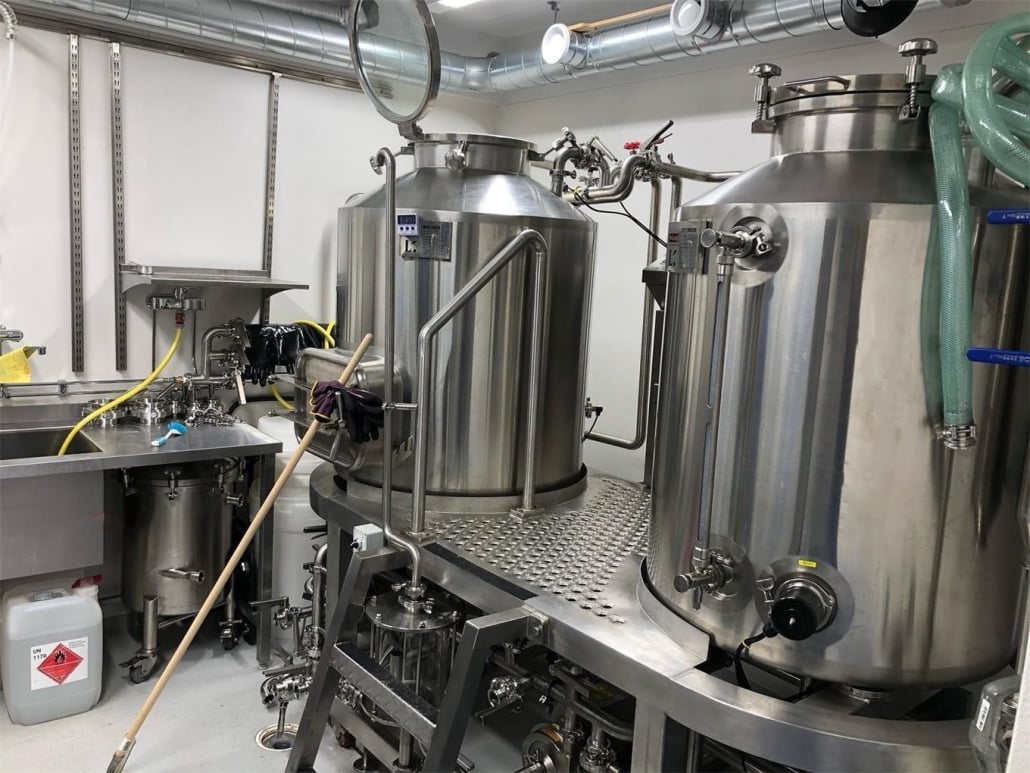
FAQ
| Question | Answer |
|---|---|
| What is the lifespan of brewhouse equipment? | High-quality equipment can last 15-20 years with proper maintenance. |
| Is it possible to upgrade brewing systems? | Yes, many manufacturers offer modular systems for scalability. |
| Do I need a license to operate a brewery? | Yes, brewing regulations vary by country and state, requiring permits. |
| What are the key differences between nano and microbreweries? | Nano breweries produce smaller batches (up to 3 barrels), while microbreweries operate on a larger scale (up to 15,000 barrels annually). |
| How much space is needed for a brewery setup? | A nano brewery may require 500-1,000 sq. ft., while a commercial brewery could need 10,000+ sq. ft. |
Share this entry
Interested in learning more about Brewing Systems including additional details and pricing information? Please use the form below to contact us!
YOLONG BREWERY EQUIPMENT FAQS
- Commercial Brewery / Craft Brewery / Microbrewery / Nanobrewery
- What is The Difference Between Craft Beer and Industrial Beer?
- The Bespoke Differences In Custom Brewing Systems
- Everything You Need to Know About Kettle Souring
- How to Choose Brewing Equipment for Your business?
- How To Choose The-Best Partner To Build Your Commercial Microbrewing System?
- Two Detection Sensors That You Need To Use In Your Brewhouse System
- Remote Control Applications in Brewing Equipment/How does it work?
- How To Clean Your Brand New Brewery Tanks?

